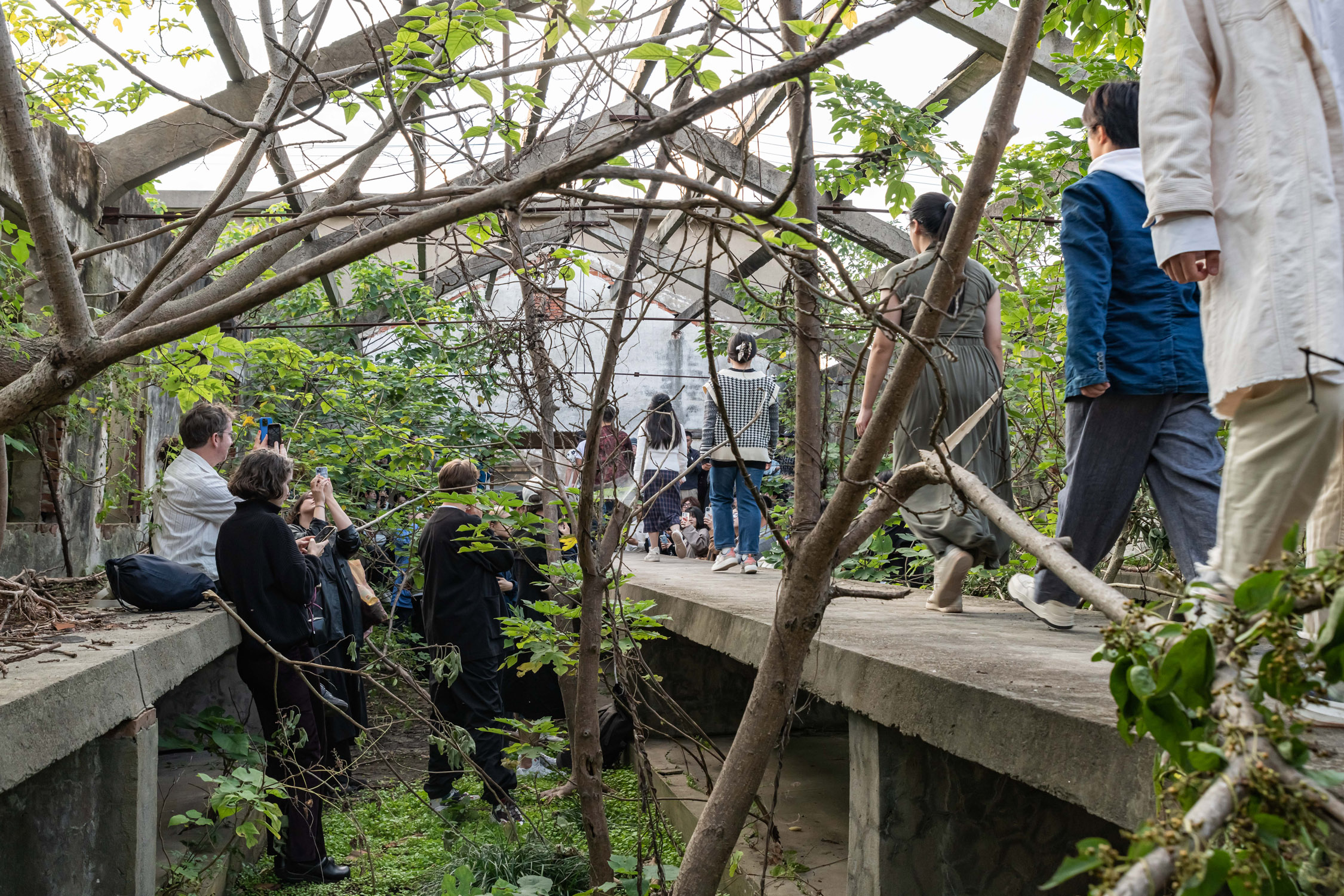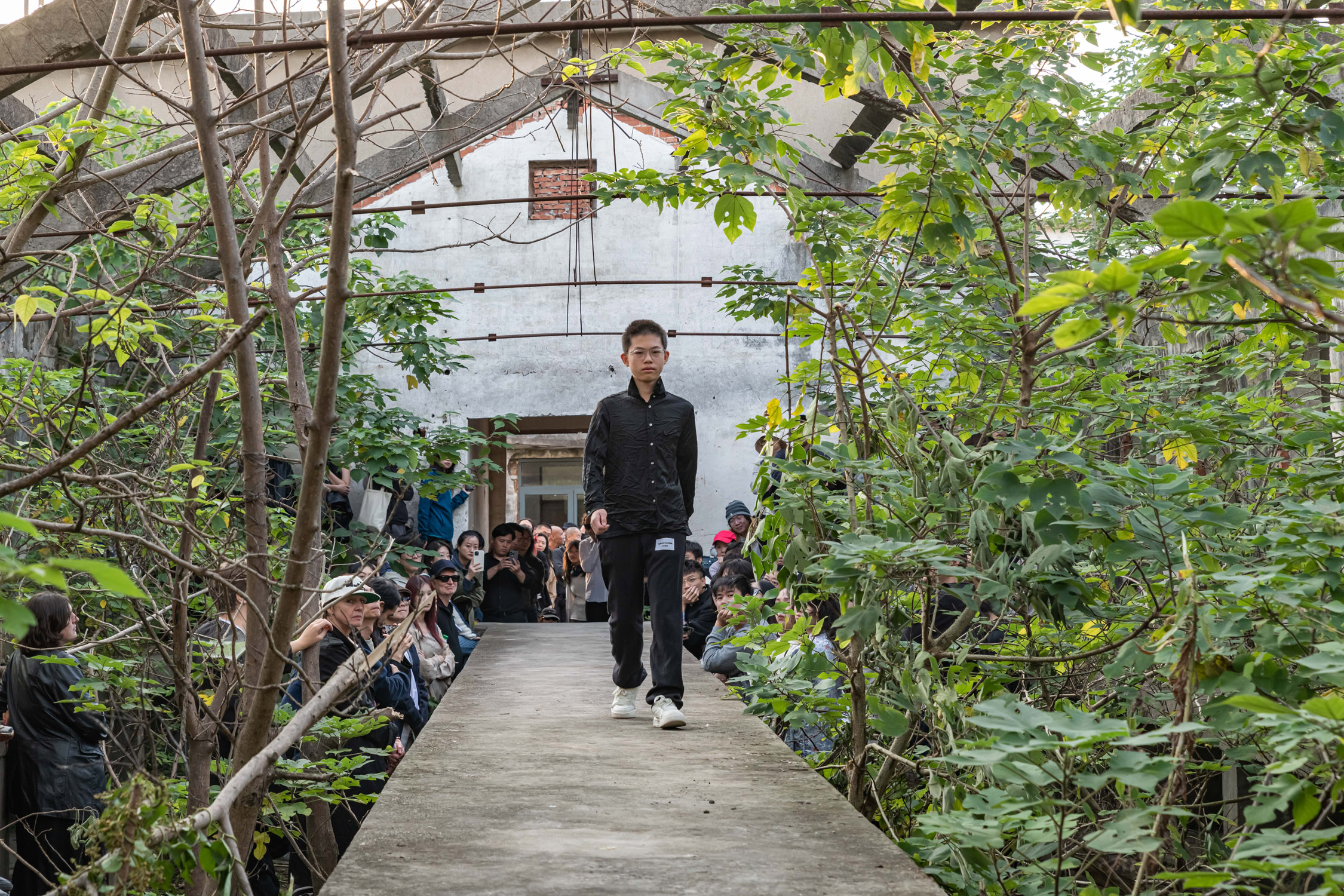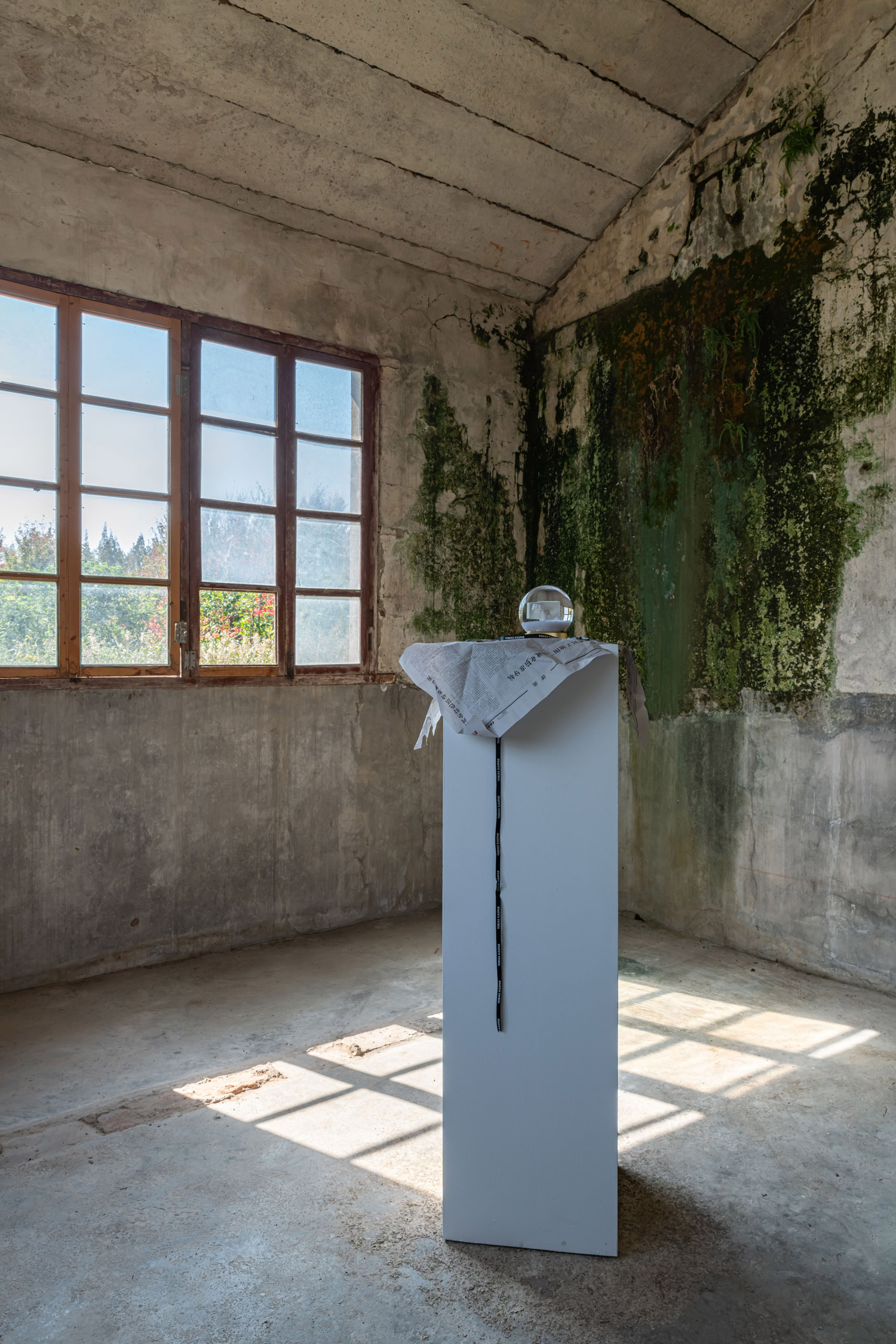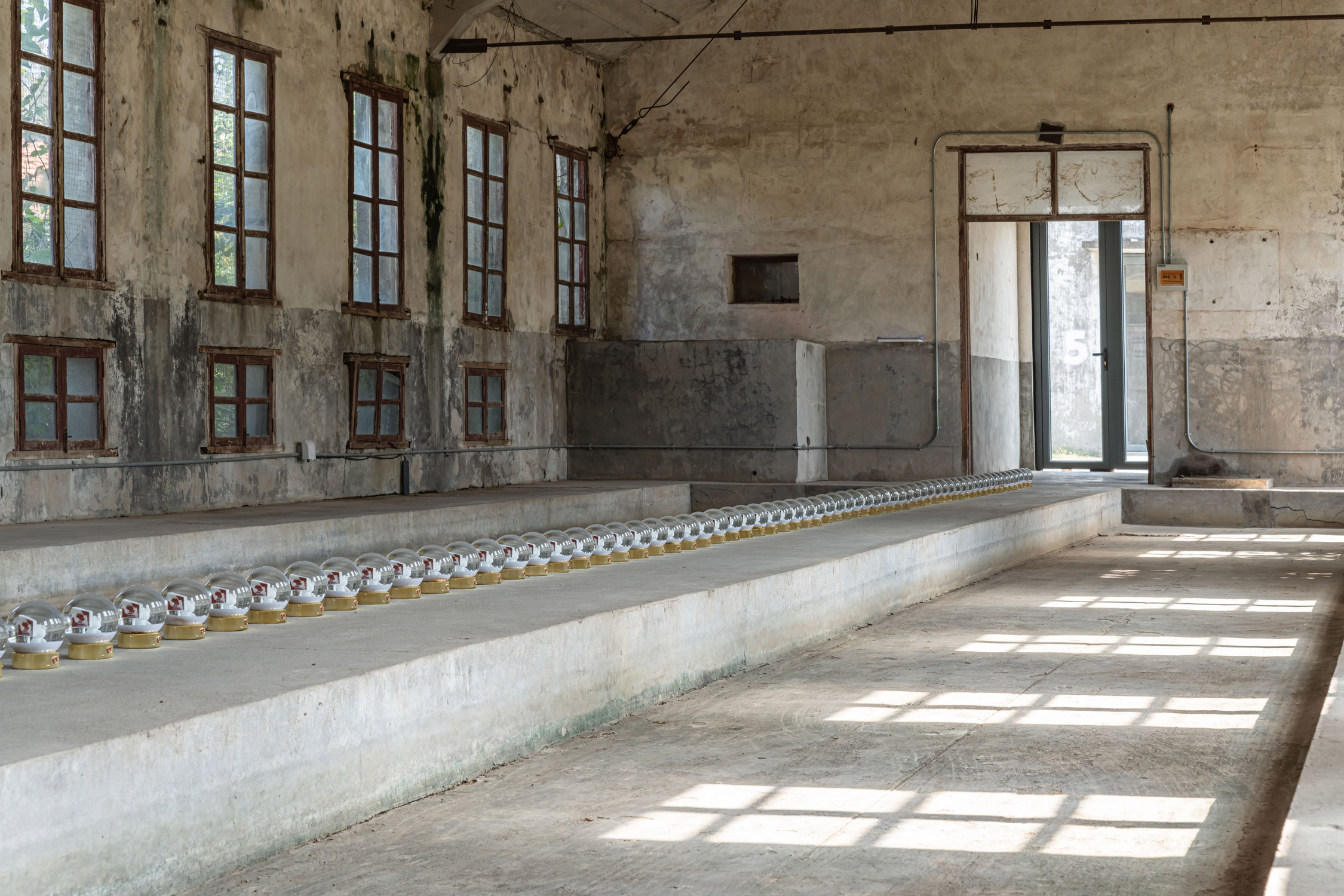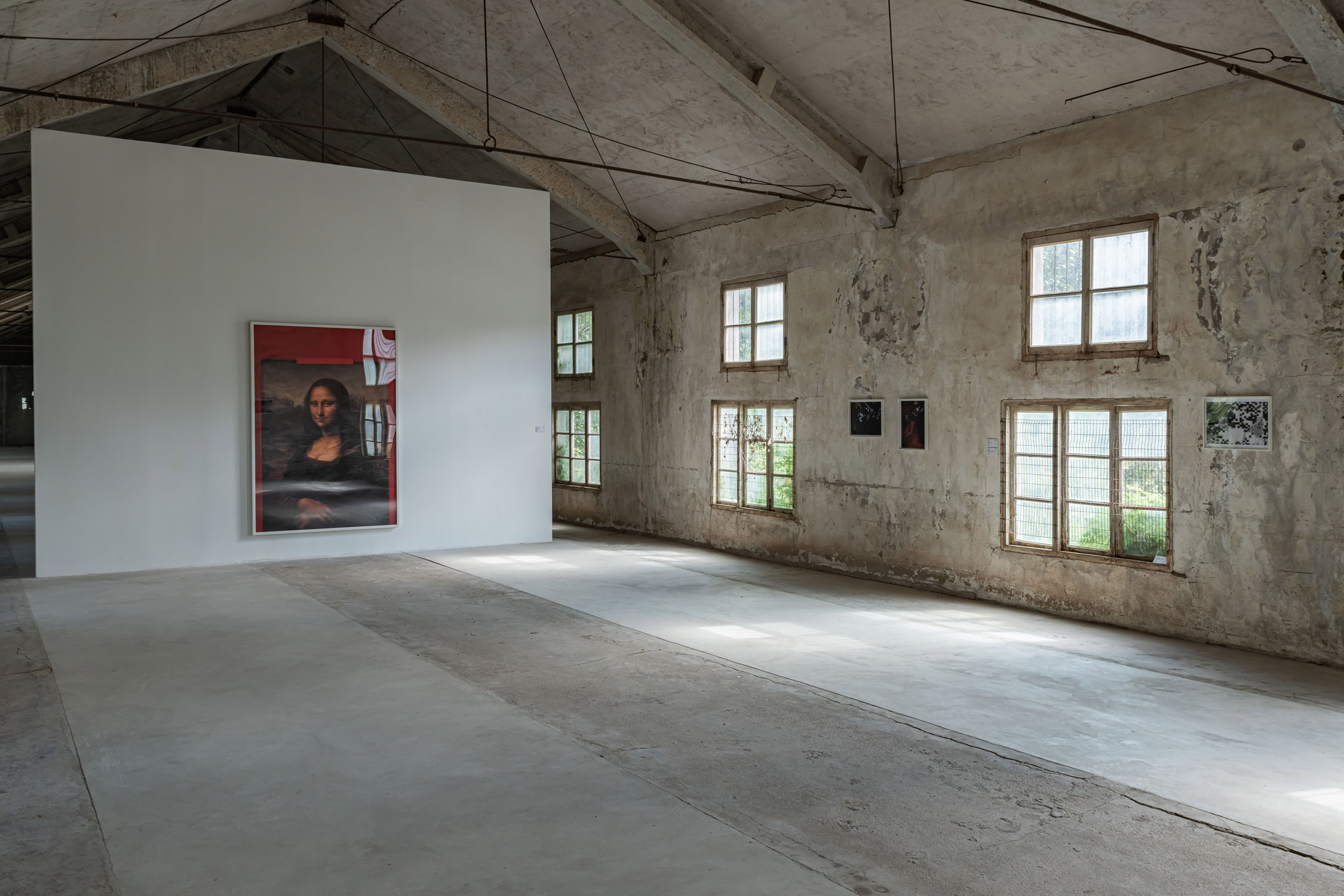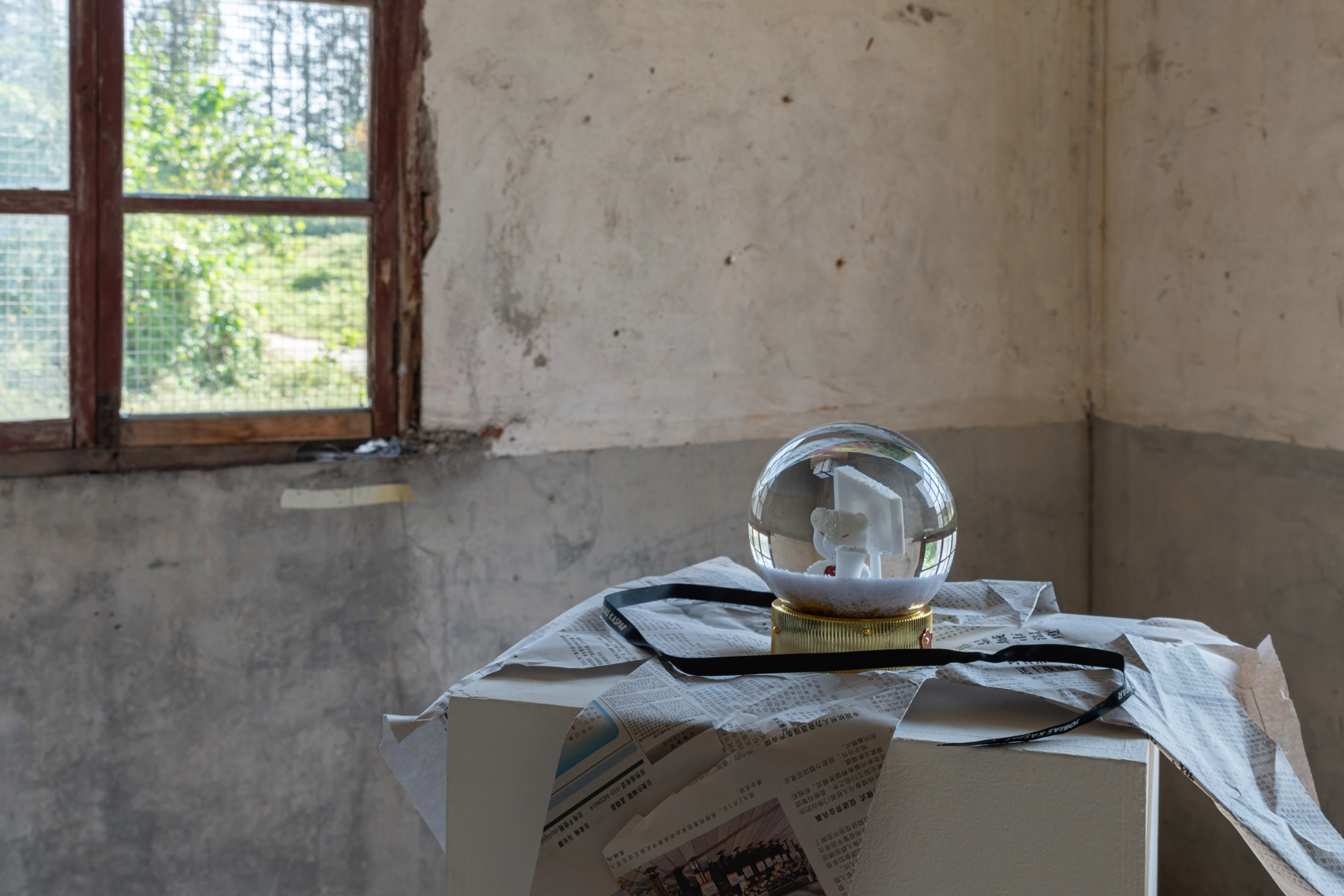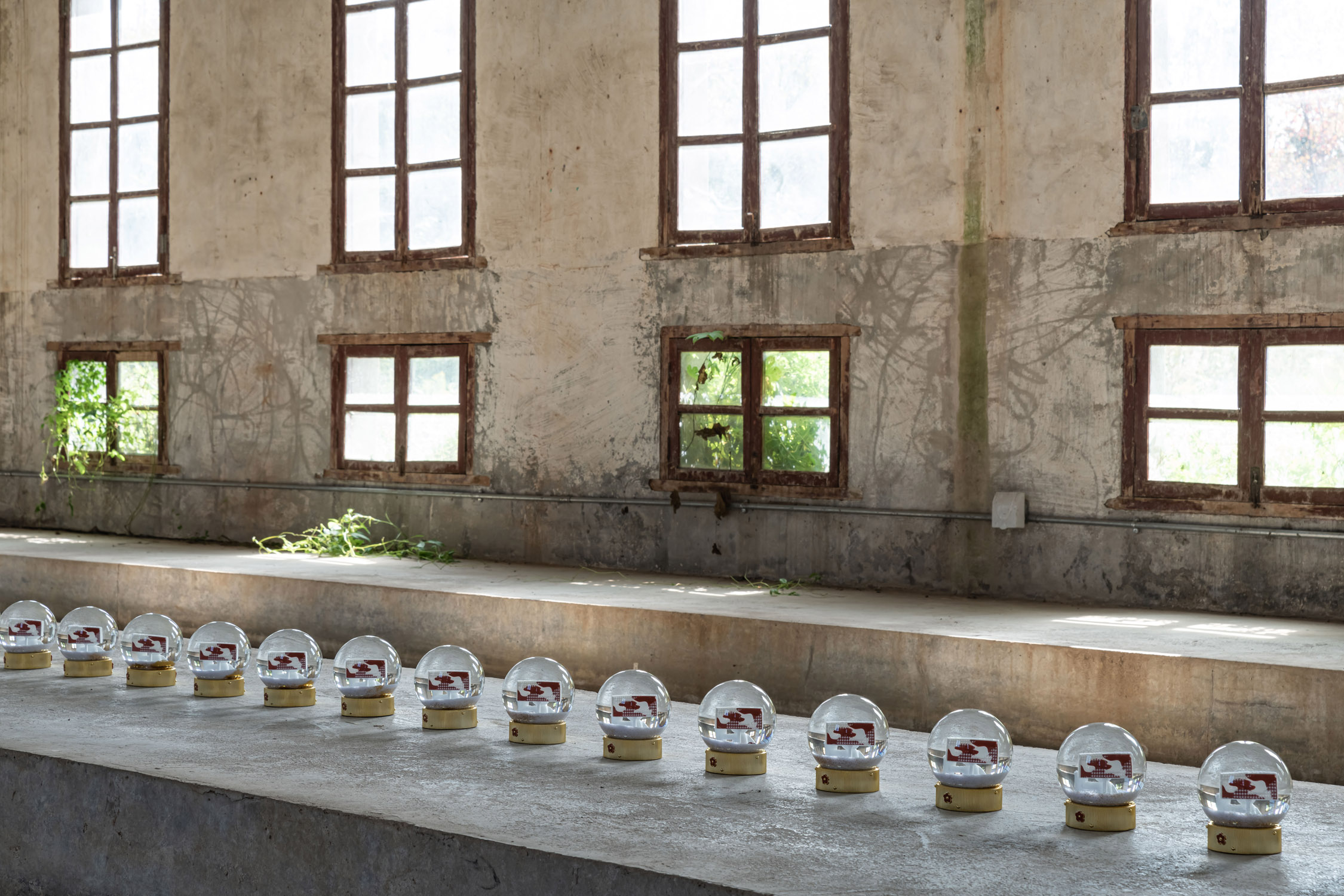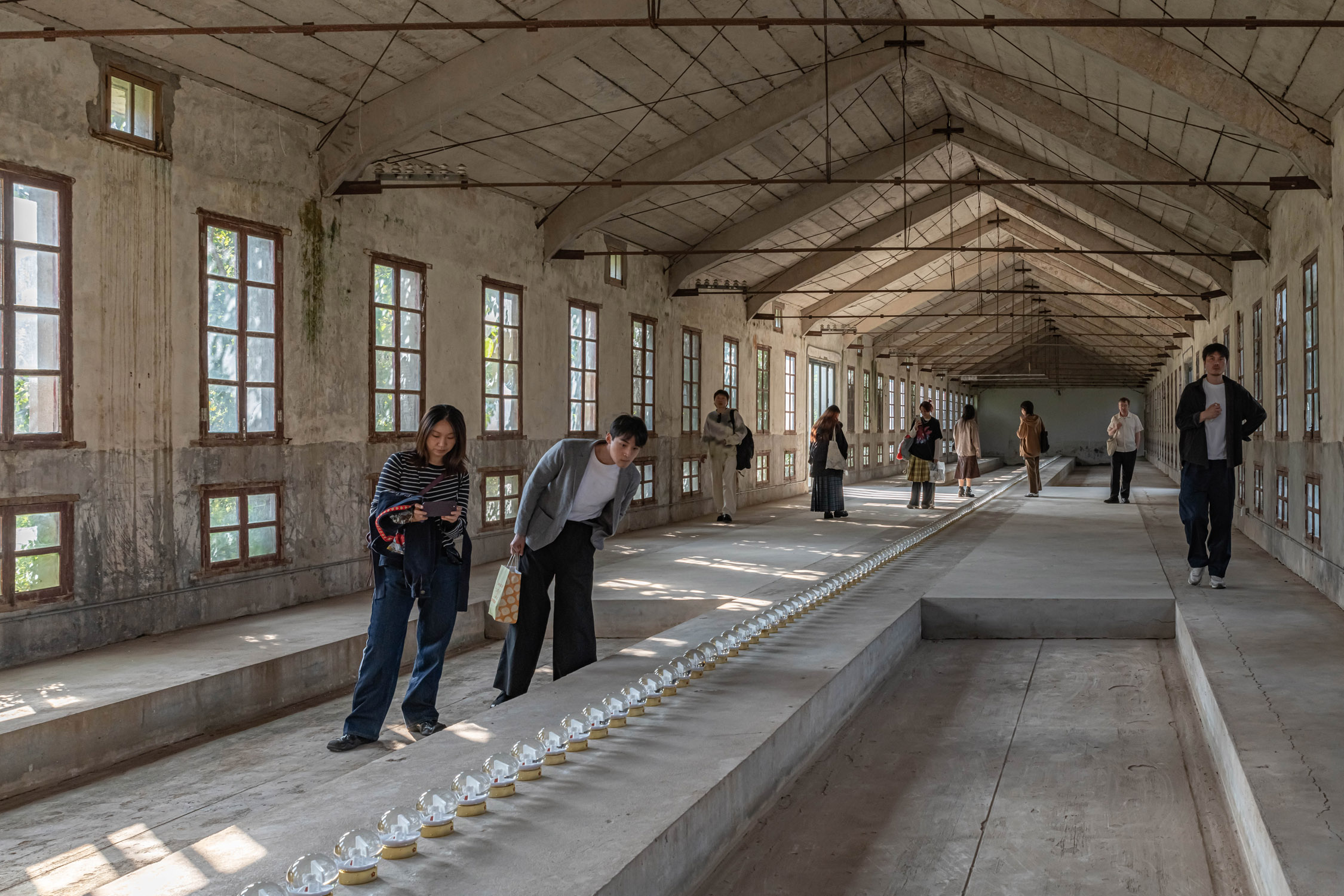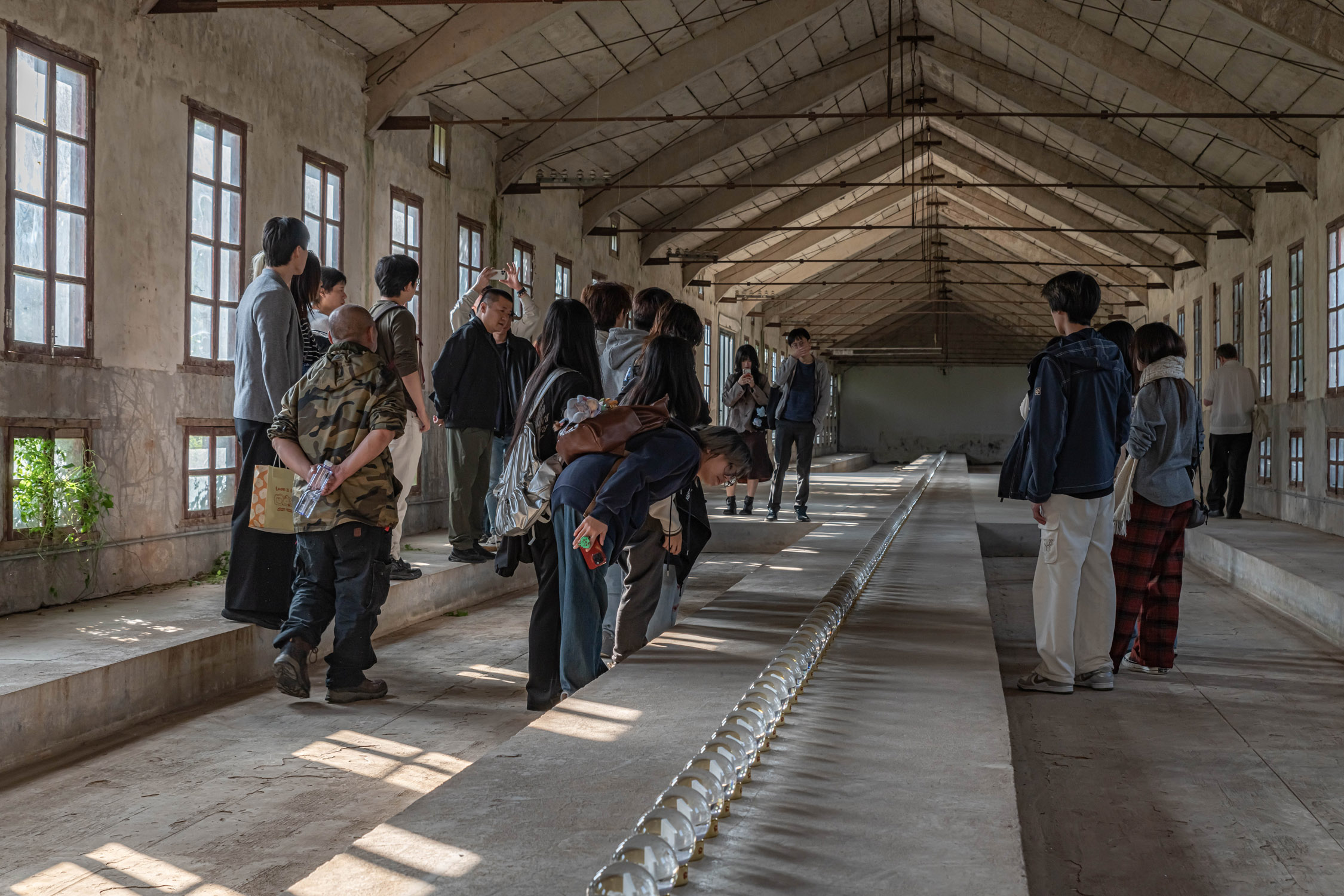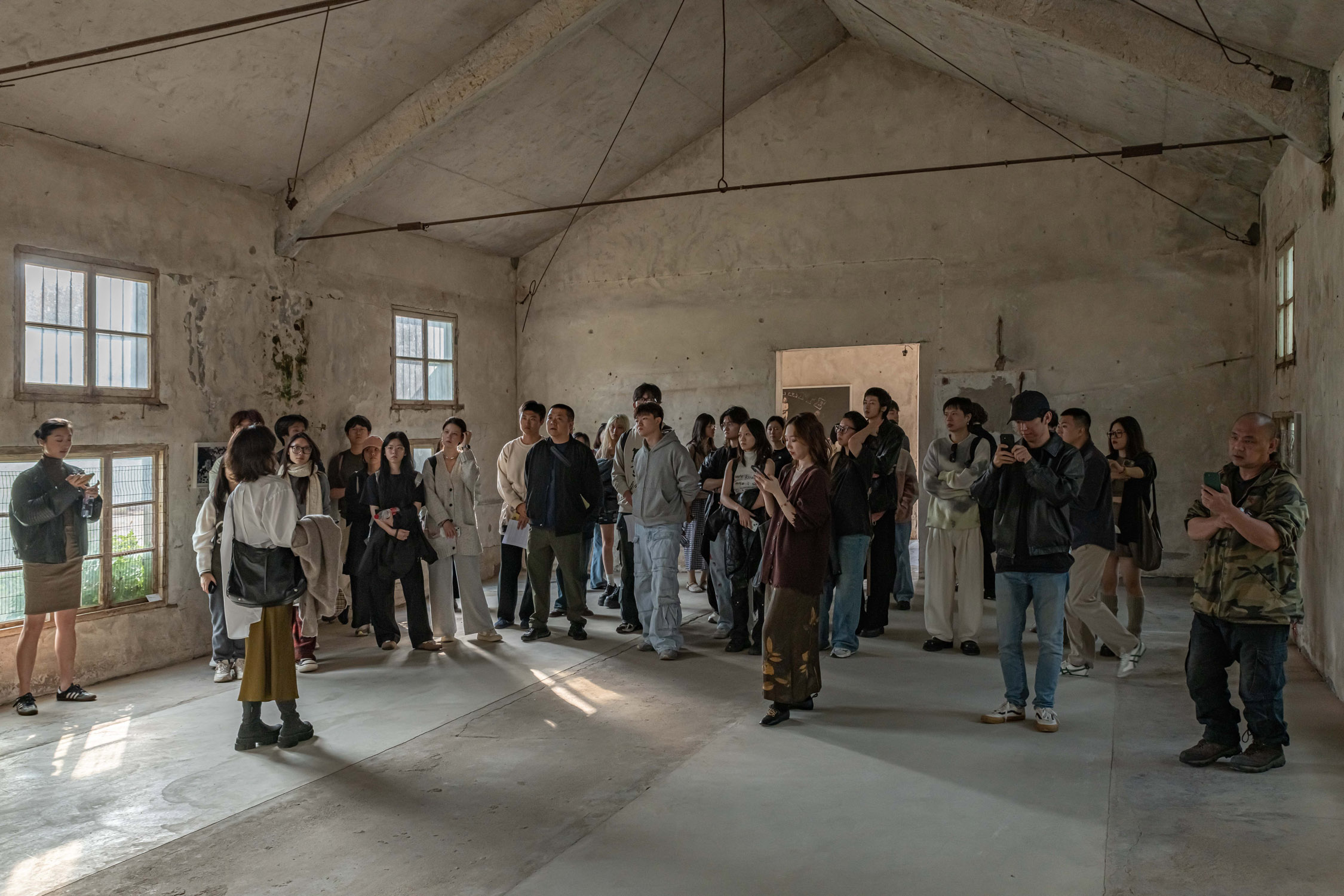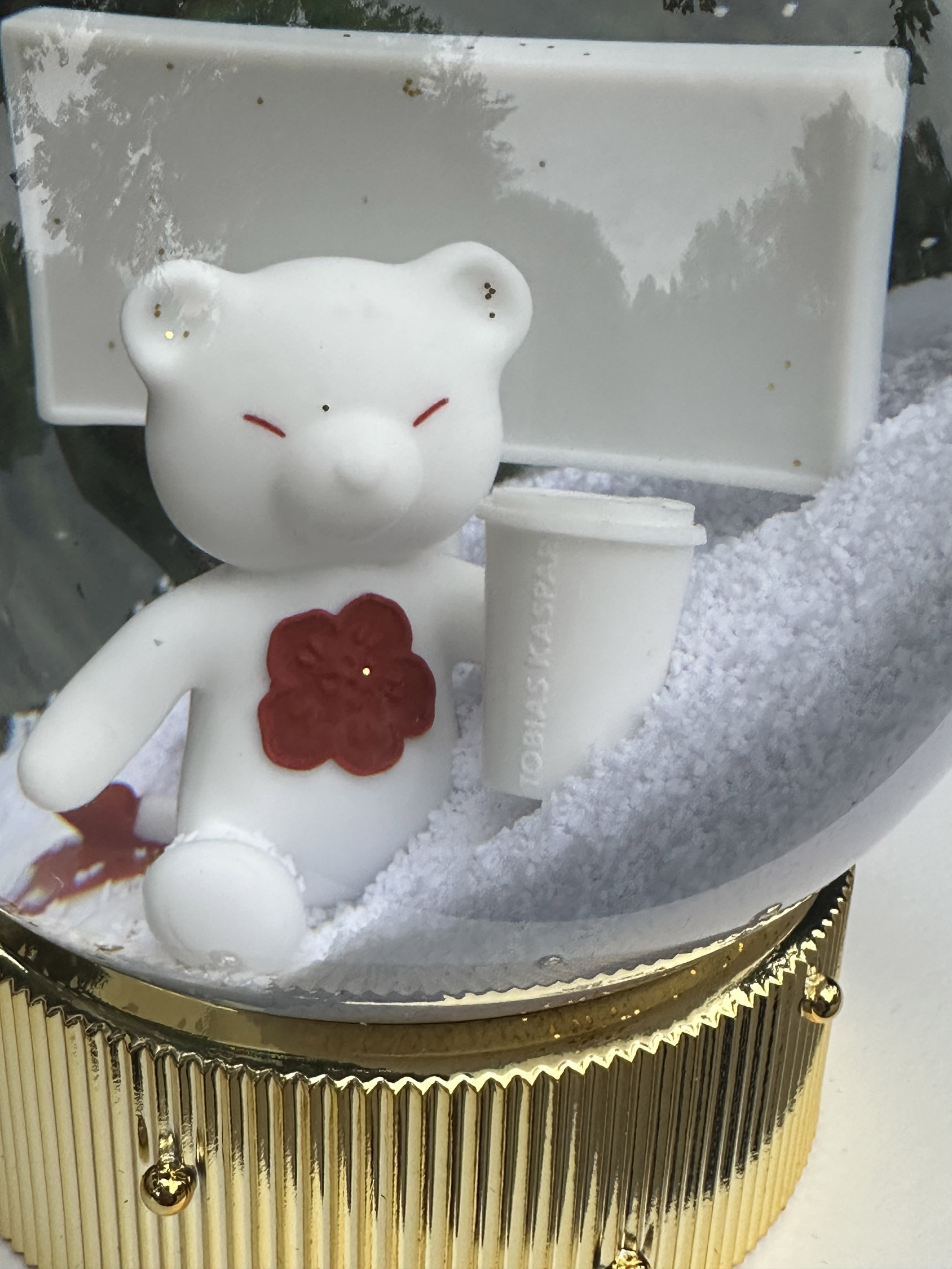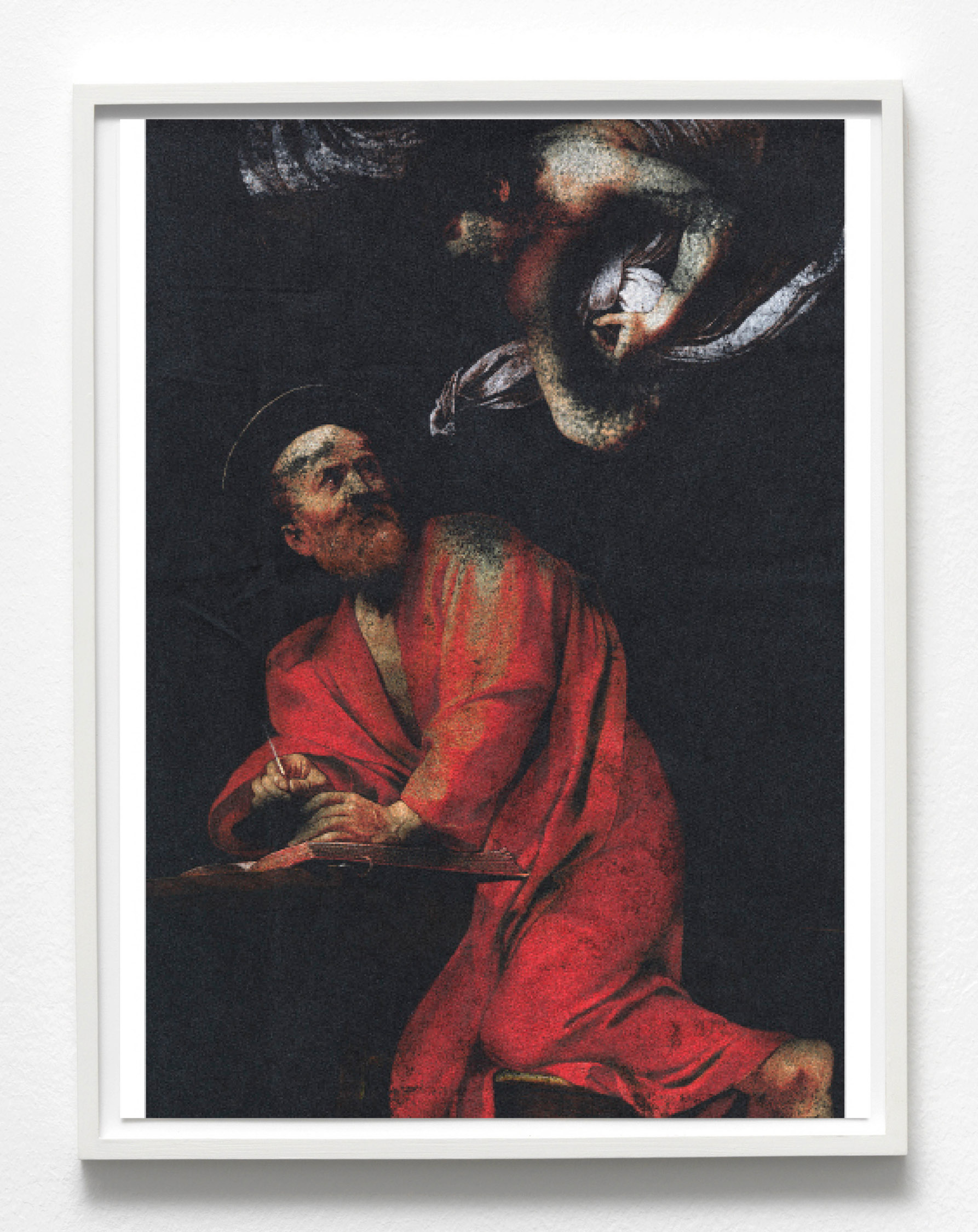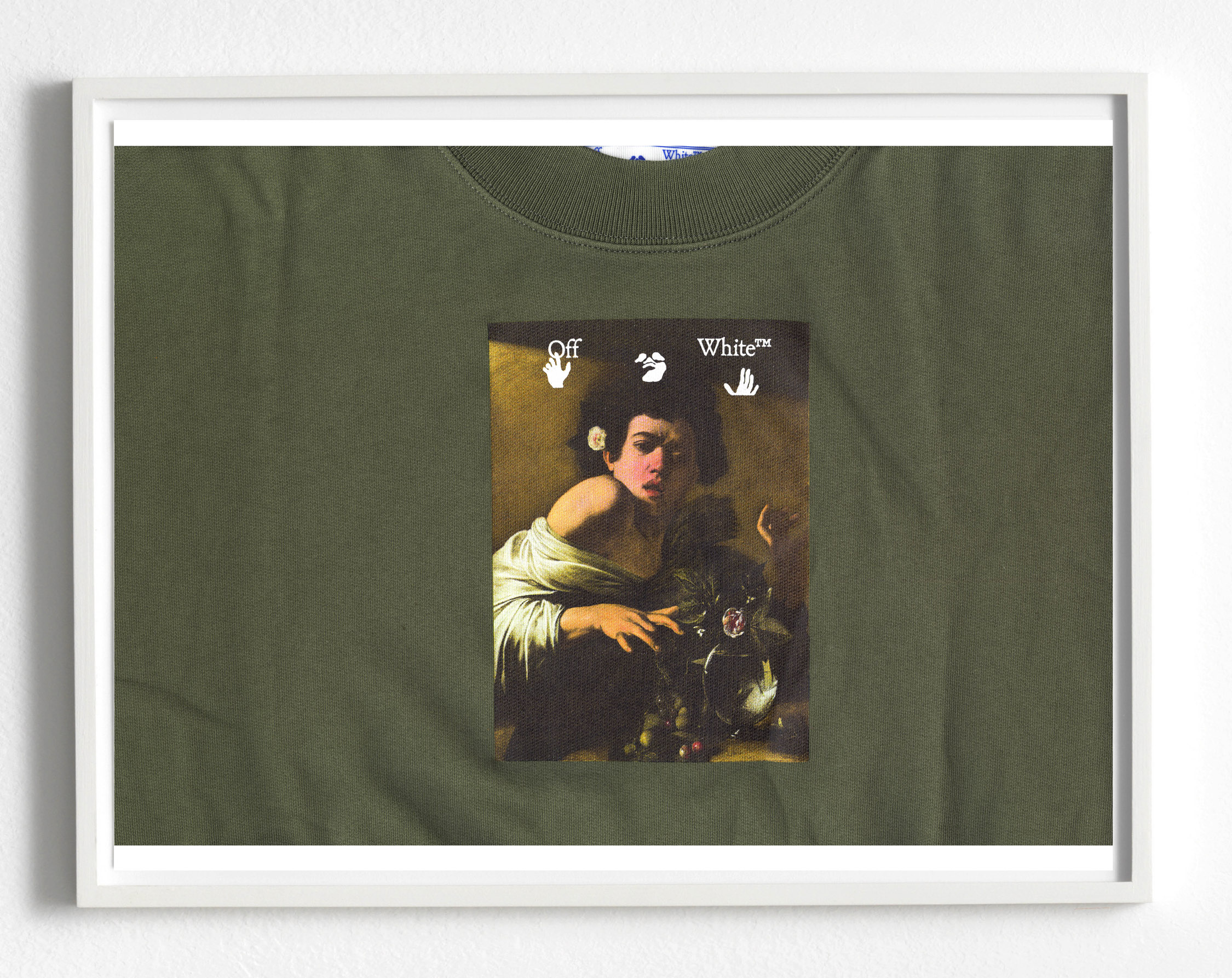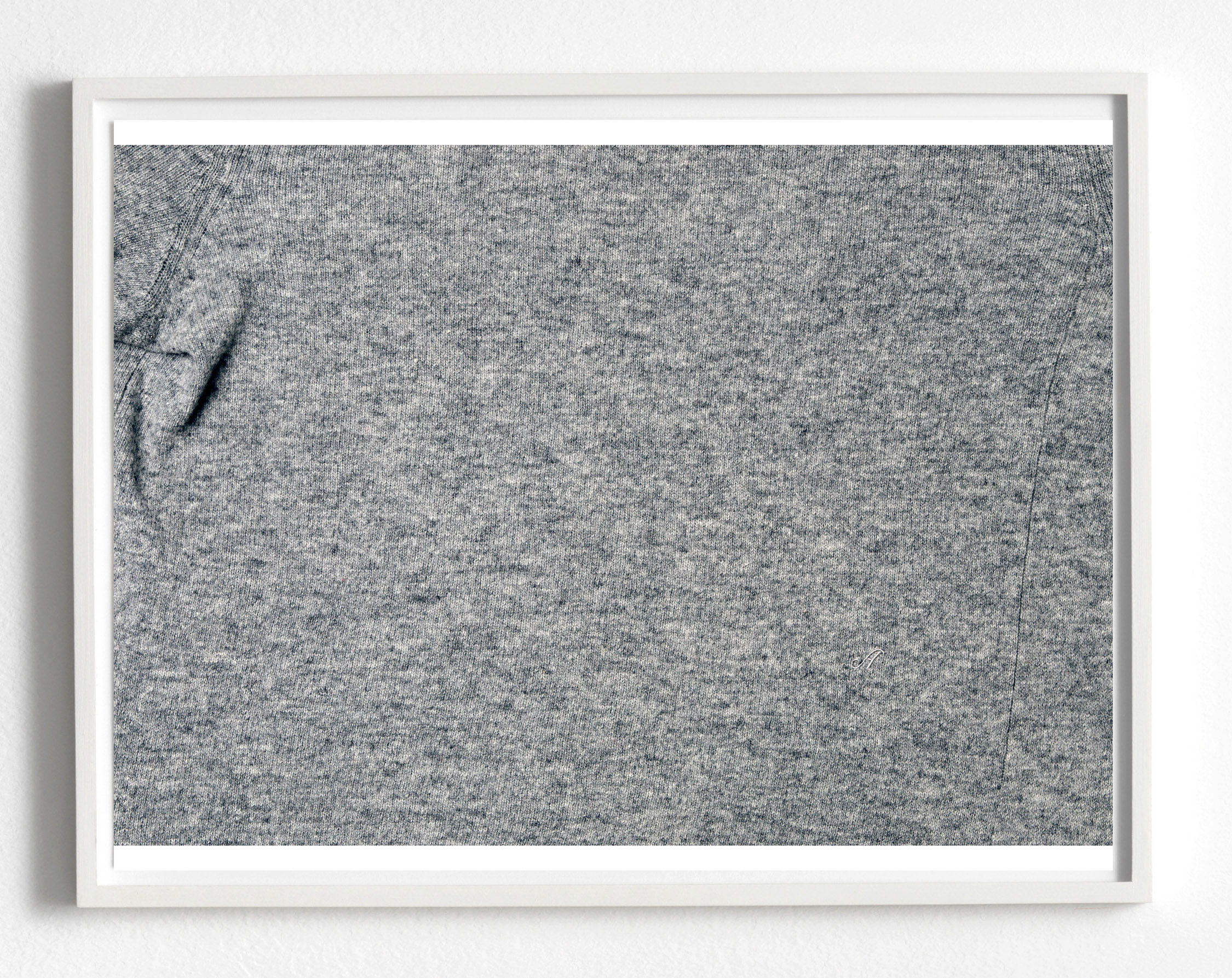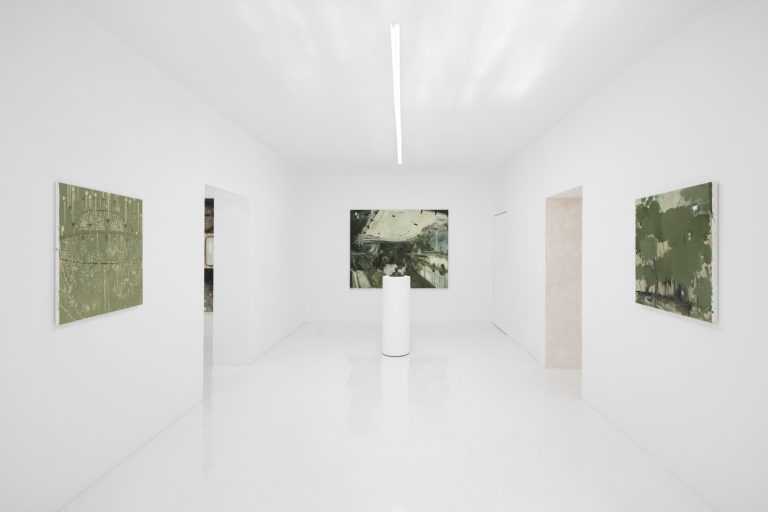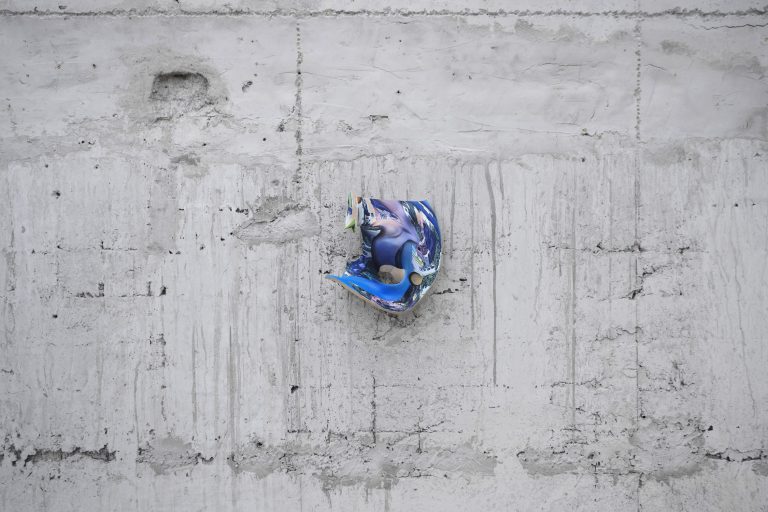MadeIn Art Museum is pleased to announce the opening of Tobias Kaspar’s solo exhibition, “End of an Era,” on October 24th, 2024. This exhibition showcases Kaspar’s distinctive artistic vision, inviting the audience to explore the nuanced interplay between consumer culture and identity, and to delve into the profound social insights woven into his work. Through his transformative approach, Kaspar consistently turns everyday objects into vehicles of artistic expression, challenging our perceptions of reality. He captures the fleeting essence of fashion, revealing the soul of garments and the whispered stories embedded within their fabric.
The exhibition “End of an Era” is divided into three distinct parts:
Textile Photographs: A new series titled “The Caravaggios”, exhibited in Hall 5.
Installation: “My Dreams and Nightmares”, a large-scale installation created through the repetition of the same object over and over.
Clothing Collection: “Shanghai Portrait”, presented as a performance during the opening night in Hall 3.
The Caravaggios
For this photography segment, Tobias Kaspar has captured a series of sweaters and garments featuring paintings by the Italian Baroque artist Caravaggio (1571–1610), drawn from Virgil Abloh’s Off-White brand, founded in 2012. Kaspar has embedded himself into the Caravaggio-Abloh narrative by photographing these brand-new, unworn garments. The folds visible in his images stem not from wear but from the packing process, emphasizing the absence of the body. These images, alongside the Caravaggio artworks printed on the clothing, focus on elements like necklines, armholes, shoulder seams, and details such as the front pocket of a hoodie.
At first glance, these photographs may seem like mere reproductions, devoid of artistic individuality. However, the question of how much an artist should imprint onto their work is central to Kaspar’s practice. He often explores themes of absence, counterbalanced by an excess of imagery. This dual approach prompts viewers to reflect on the relationship between presence and absence, raising questions about how much of oneself an artist should inject into their creations. By playing with these concepts, Kaspar challenges traditional ideas of originality and authorship.
MadeIn Art Museum’s founder, Xu Zhen, is celebrated for his precise blending of Greek and Roman sculptures with ancient Chinese cultural elements, which provokes questions about appropriation, cultural exchange, and how societies view one another through stereotypes. In “The Caravaggios”, Kaspar extends this conversation, exploring appropriation and the absence of originality through his focus on fashion and art. By photographing garments featuring Caravaggio’s paintings from Virgil Abloh’s Off-White, Kaspar emphasizes the tension between art, fashion, and authorship—resonating with Xu Zhen’s own investigations into how different cultures and mediums communicate through reinterpretation and hybridization.
*Note on Caravaggio:
Caravaggio’s (1571-1610) work often grapples with themes of mortality and the human condition, evident in his depictions of both life and death. Many of his paintings illustrate the starkness of violence and the fleeting nature of existence. His focus on the raw, emotional experience of his subjects, including figures like Bacchus, reflects a transitional period in art that moved from idealized forms to a more visceral, realistic portrayal of humanity. This approach set the stage for the Baroque era, emphasizing drama and emotional depth.
*Note on Virgil Abloh and Off-White:
Virgil Abloh was a groundbreaking designer, known for merging high fashion with streetwear culture. His work through Off-White and collaborations with brands like Nike and Ikea revolutionized contemporary fashion. Off-White was founded by Virgil Abloh in 2012 in Milan, Italy. Caravaggio’s focus on marginalized figures resonated with Abloh’s commitment to inclusivity and challenging societal norms through his work. This connection underscores a shared exploration of identity and expression across different mediums.
My Dreams and Nightmares
Mass-produced with the expertise of a professional snow globe manufacturer, Tobias Kaspar closely oversaw the entire production process from his own studio. Starting with a clay model, Kaspar had it scanned and 3D printed, preparing it for large-scale production. The process was inspired by a snow globe from a high-end fashion brand, which served as a reference point for his approach.
In this expansive narrative of time and space, 365 Bartleby-inspired snow globes—one for each day of the year—glitter like distant stars, mass-produced to comment on global consumerism and art’s place within it. The snow globes depict miniature worlds that, like art itself, invite us to look in but not enter. Inside each globe is a somewhat grim-looking teddy bear, leaning against a highway billboard while sipping from a disposable cup. Next to the teddy is a paintbrush, resting on the ground, with paint dripping but leaving the billboard above it blank. The snow globe is filled with too much snow, obscuring the scene. The teddy wears a sweater adorned with a flower, and another picked flower lies on the ground. On the reverse side of the billboard, a camouflage pattern is interwoven with a pied-de-poule design.
This symbolic narrative draws inspiration from Herman Melville’s novella Bartleby, the Scrivener: A Story of Wall Street, in which the character Bartleby famously declares, “I would prefer not to.” The phrase, emblematic of passive resistance, is discussed in depth by philosopher Giorgio Agamben in The Coming Community, where Bartleby’s quiet refusal is explored as a response to societal demands.
Snow globes themselves are intriguing objects, balancing nostalgia with commercial appeal. They are familiar as souvenirs yet often used by luxury brands, embodying both kitsch and collectibility. For Kaspar, creating a snow globe was a natural extension of his ongoing exploration of consumer culture and art as merchandise. By choosing the snow globe as a medium, he critiques the commodification of art while reclaiming it as a valid form of artistic expression. In doing so, he elevates this everyday item into a thought-provoking statement piece, challenging the boundaries between art, commerce, and cultural production.
Hall 7 Shanghai Portrait
The third and final segment of the exhibition is the capsule collection titled “Shanghai Portrait” which is part of Tobias Kaspar’s ongoing “Biography Collection.” For this project, Kaspar has invited a diverse group of participants—including museum visitors, staff, friends, and collectors—to donate garments. These pieces have had their original labels removed and are rebranded with Kaspar’s own label, which is sewn in by a local tailor.
As Natalia Sielewicz from the Museum of Modern Art in Warsaw put it;
Drawing upon hybrid forms of dress, cruise fashion, and self-design, Kaspar reconfigured clothes donated by the museum’s audience and staff into new, hybrid looks. He invited teenagers from local high schools to pick and model their favorite pieces on the catwalk at the museum’s exhibition space.. The original labels were cut out and replaced (goodbye Prada and H&M!) by new tags designed by the artist. Thanks to their newly found “anonymity,” the clothes finally became just clothes. In turn, the local teenagers, thanks to their teenage bravado, fantasies, sexual innuendo, and existential angst, furnished them with a soul. At a time when brands exploit identity politics as a marketing tool, Kaspar exceeds the limits of such violent appropriation and articulates a new type of brand association: one that produces ambiguous hybrids rather than frozen objects — an inclusive community where a stranger is just a friend you haven’t yet met.
Art is of course by no means free of branding, and artists communicate them- selves as brands, too. In his multifaceted practice, Tobias Kaspar strives to nuance the concept of “the artist as a brand,” as well as to comment on the symbolic capital attached to this idea.
The “Shanghai Portrait” is presented at the opening night of the exhibition—after its presentation each visitors is invited to select and keep a piece of garment from the collection, guaranteeing its immediate dispersion.
About Tobias Kaspar
Tobias Kaspar (b. 1984) is a in Switzerland and Latvia living artist known for his conceptual works that explore the intersections of consumer culture, fashion, and identity through photography, textiles, and installation art. His practice often interrogates the relationship between art and commercialism, as well as broader aspects of contemporary life. Drawing from traditions of appropriation, conceptual art, and institutional critique, Kaspar has gained recognition for his innovative approach to photography, its spatial presentation.
Kaspar’s work has been exhibited internationally, at notable institutions such as Kunsthalle Bern (Switzerland), Midway Contemporary Art (Minneapolis, USA), Kunsthalle Wien (Austria), Palais de Tokyo (Paris, France), Foundry Seoul (South Korea), Museum Hamburger Bahnhof (Berlin), Kunsthaus Zürich, and the Wattis Institute (San Francisco). In China, he last exhibited in 2019 at Galerie Urs Meile and participated in the 2016 CAFAM Biennale in Beijing.
Kaspar is also the founder of PROVENCE (est. 2009), a collectively run magazine, publishing house, and art agency for contemporary art. PROVENCE produces a weekly newsletter, print products, as well as artworks and exhibitions. Kaspar’s engagement with PROVENCE demonstrates his interest in community-building and highlights his dedication to questioning and challenging existing systems, moving beyond the idea of the artwork as a finished product.
The exhibition is supported by Pro Helvetia Shanghai, the Swiss Arts Council and tbh Shanghai.
About MadeIn Art Museum
Located in Lvhua Town, Chongming District on the outskirts of Shanghai, MAM stretches over 26,000 square meters of land, adjacent to the Xisha Pearl Lake Scenic Area at the watershed of the Yangtze River. Occupying a former chicken farm, it was first built in the 1970s with a construction area of about 3,000 square meters. MAM welcomes every practitioner of contemporary art and person with curiosity, and strives to establish itself as a cutting-edge base of contemporary culture.
MadeIn Art Museum (MAM) is a multi-function art institution dedicated to promoting and exhibiting contemporary art, creating and realizing artistic imaginations of the new era. It is home to vibrant exhibitions, events, and artist-in-residence programs that connect with the local community and natural landscape. We are excited to share with you the energy of contemporary art and together celebrate the birth of creativity.
About Pro Helvetia, the Swiss Arts Council
Pro Helvetia supports artists and cultural practitioners from Switzerland and is committed to international cultural exchange. Pro Helvetia Shanghai is founded in 2010 and represents the Swiss Arts Council in China. Its aim is to encourage dialogue between Swiss and Chinese cultural practitioners and institutions by supporting projects that enhance the exchange of knowledge and experience in the cultural field.
Tobias Kaspar would like to extend his heartfelt thanks to everyone who contributed to the success of “End of an Era” and “Shanghai Portrait.” A special thank you to Daliah Spiegel for her exceptional styling and collaboration with Ali from MadeIn and the local school class—your efforts were invaluable. Deep gratitude also goes to the school and its students and of course everyone who donated a piece of garment to “Shanghai Portrait.”
Further thanks are due to the team at Pro Helvetia Shanghai, Juri Mischler at the Swiss Embassy in Beijing, and Vivian and her team from THE BEAST brand. Special acknowledgment to Noel Opplinger for supporting so skill fully the snow globe production, as well as Jess from Taiwan and her company near Shanghai for their role in the globe manufacturing. Thanks to Zian Chen for the upcoming talk we’ll be hosting together at TBH.
Thank you to Evans for her work on photography production, and to Fei, Mengzhuo, and Rene at Galerie Urs Meile in Beijing for their continued support. The entire team at MadeIn, especially Sun Qidong, Xu Zhen, and Vigy, deserves a huge thank you. Further thanks to Esperanza Rosales at VIVII gallery in Oslo, as well Galerie Lars Friedrich in Berlin and Chloe from FOUNDRY Seoul.
Lastly, a big thanks to the dear friends and family who traveled from near and far to attend the opening. Your presence and support mean the world.



